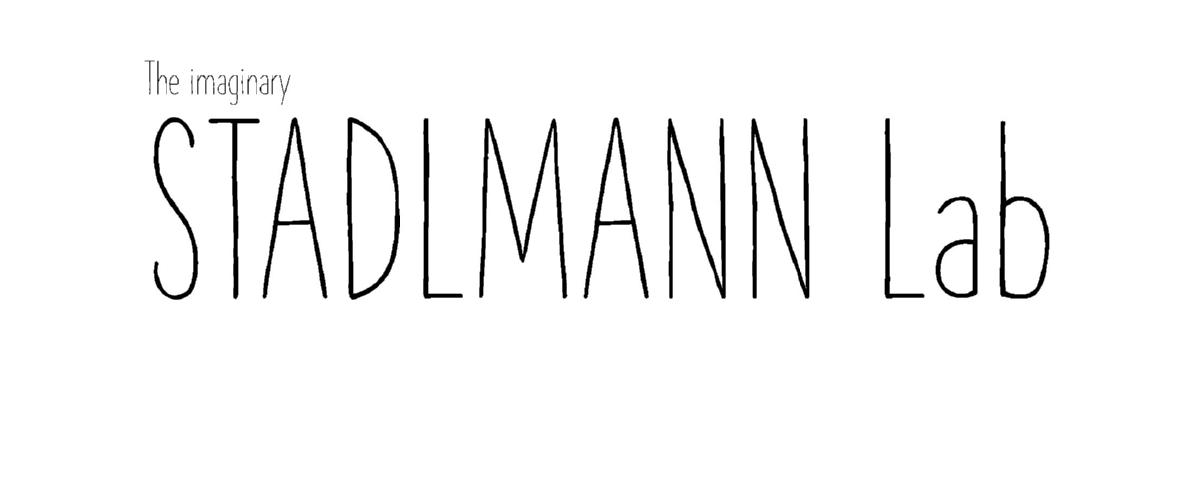
Introduction of a
human- and keyboard-friendly N-glycan nomenclature
Drafted by: Friedrich Altmann, Johannes Helm, Martin Pabst2 and Johannes Stadlmann
University of Natural Resources and Life Sciences, Vienna. Austria.
2Department of Biotechnology, Delft University of Technology, Delft, The Netherlands.
Contact: friedrich.altmann@boku.ac.at
Exposition: |download .pdf|
In Brief:
The Vienna ProGlycan Nomenclature provides a comprehensive system for the abbreviatated notation of N-glycan stuctures..
For example:
Gal(b1-4)GlcNAc(b1-2)Man(a1-3)[Gal(b1-4)GlcNAc(b1-2)Man(a1-6)]
Man(b1-4)GlcNAc(b1-4)[Fuc(a1-6)] GlcNAc
is simplified to:
A4A4F6
by applying the following set of rules:
RULE 1: Monosaccharides are denoted by single capital letters. Modifications are specified by a subsequent small letter:
RULE 2: Terminal residues are read from top to bottom & counterclockwise.
The first term describes the non-reducing terminal sugar of the 6-arm antenna
The second term describes the non-reducing terminal sugar of the 3-arm.

RULE 3: Linkage positions of substituents are indicated by superscript numbers and connected by a hyphen.


RULE 4: If more than one terminal residue occurs on one antenna, these residues are put in brackets. Round brackets are used for all branching, but not for antennae.

RULE 5: Bisected GlcNAc is indicated by "bi" and is always listed as the last extension term.

RULE 6: Antennae connected to the same core-mannose residue are put in square brackets. The order within brackets follows the "counter-clockwise" notion in RULE 1.

.